Our background
We stand on the shoulders of giants such as Nicolaus Copernicus, Johannes Hevelius, Maria Skłodowska-Curie, Aleksander Jabłonski or Ignacy Łukasiewicz. Currently, Polish scientists are some of the most sought after in the whole European Union due to an outstanding STEM education.
Toruń is our hometown and a historical city on the Vistula River in the north-central Poland and a UNESCO World Heritage Site with a population of nearly 200 000 people. It is one of the oldest cities in Poland, with the first settlement dating back to the 8th century, later expanded in 1233 by Teutonic Knights.
In the early-modern age, Toruń was a royal city of Poland and of the four largest city in the country. During the Second World War, it was spared from destruction; its Old Town with its iconic central marketplace has been entirely preserved.
Toruń is the birthplace of astronomer Nicolaus Copernicus, the patron of the largest institution of higher education in the city. The Nicolaus Copernicus University in Toruń with over 20 thousand students was founded in 1945, based on the Toruń Scientific Society, the Stefan Batory University in Vilnius and Jan Kazimierz University of Lviv.
SERVICES
Our team has more than 15 years of experience in both research and development projects and in the production of organic compounds of various volumes - from milligrams to multi-kilograms.

CHEMICAL CONTRACT RESEARCH ORGANIZATION
In addition to developing our proprietary technology, we are a Chemical CRO. We conduct R&D research on behalf of our partners.
Our scientific team undertakes projects in the chemical industry to develop cutting-edge solutions, primarily focusing on high-performance materials (HPMs).
CUSTOM SYNTHESIS
Our experience includes mainly the production of organic compounds for applications in optoelectronics and related fields. We also perform syntheses of, among others, high-purity organic compounds of gallium, zirconium, tin and indium for ALD and CVD applications, and Gratzl-type dyes for DSSC applications.
We have the necessary laboratory equipment for the synthesis of organic compounds sensitive to air and moisture, reactors with a capacity of up to 50 L, industrial rotary evaporator, microreactors, and flow reactors, electrochemical reactors, etc. We have GC and GCMS, HPLC and HPLC MS, IR and UV-VIS spectrometers as well as NMR (700 MHz, 400 MHz, and 300 MHz), ICP-MS, SEM and TEM.
Check out our laboratory equipment Download
SUBLIMATION
With our specialized knowledge and resources, we can efficiently scale the sublimation process for your compounds to meet the demands of a semi-industrial operation. Rest assured that our commitment to precision and quality ensures the creation of the highest caliber products.
With our sublimation equipment, you can achieve an exceptional level of material purity and unleash the full potential of your organic compound.
Transport layer materials
Efficient transport of holes and electrons to the emissive layer that is important for the performance of the device. Thermal and electrochemical stability, as well as mobility properties drive the performance of the OLED.
1.1. Hole Transport Layer (HTL)
HTL materials are mainly aromatic amines with high hole mobility properties like: F4TCNQ, CBP, NPB, mCP, TAPC, TCTA, mTDATA, TPD, TCP, 2-TNATA, BCBP, DPAVBi, TTPA and Tris-PCz, CzSi.
1.2. Electron Transport Layer (ETL)
Electron deficient materials are used as ETL materials: TPBi, TmPyPB, PPT, B4PymPm, DPPS, B3PymPm, DPEPO, B2PymPm, B3PyPB, BTB, T2T and TSBF.
Injection layers
On top of that, Noctiluca offers emitters in the whole colour palette, ranging from yellow, through green to blue, with red in heavy R&D process – we are a one-stop-shop for IJP OLEDs.
2.1. Hole Injection Layer (HIL)
HIL materials improve the injection of holes from the anode into HTL by reducing the energy barrier between these layers. Most common HIL materials are: 2-TNATA, F4TCNQ, NPB, TCTA, mTDATA and TPD.
2.2. Electron Injection Layer (EIL)
Electron deficient materials are used as ETL materials: TPBi, TmPyPB, PPT, B4PymPm, DPPS, B3PymPm, DPEPO, BEIL materials reduce the energy barrier between the cathode and the ETL. One of the most frequently used EIL material is TPBi.
Blocking Layers
Excitons are confined within the emission layer by using respective HBL and EBL materials which greatly increase the performance of the OLED devices.
3.1. Hole Blocking Layer (HBL)
These materials prevent from exciton leakage from the emission layer to the ETL. Most popular HBL materials are: DPEPO, B3PyPB, BTB, TPBi, TmPyPB, B4PymPm, DPPS, B3PymPm and B2PymPm.
3.2. Electron Blocking Layer (EBL)
These materials prevent exciton leakage from the emission layer to the HTL. Most popular EBL materials are: TTPA and NPB.
Host materials
Dispersion of a dopant in a host is common for all four generations of OLED devices, especially for phosphorescent, TADF and Hyperfluorescent technologies. The choice of the right host is crucial for the performance of the device. A new approach is to apply a bipolar host which consists of donor and acceptor groups in a molecule – such structure of the host has a great influence on the stability and lifetime of the devices. Among the most frequently applied hosts are:
CBP, T2T, mCP, TmPyPB, TAPC, TCTA, TPD, ADN, TCP, CzSi, mCBP, DPEPO, CDBP, TSBF, BCBP, BCPO (bipolar), mCPSOB (bipolar), BCzPh, PYD-2Cz (bipolar), 26DCzPPy (bipolar), 35DCzPPy (bipolar), Cab-Ph-TRZ (bipolar), PPT (bipolar).
Dopants
Fluorescent and TADF materials efficiently emitting blue, green and yellow light for OLED applications.
5.1. Blue
DPAVBi (Fluorescent), 4tCzBN (TADF), 2CzPN (TADF), 5CzBN (TADF), 5tCzBN (TADF), 4CzBN (TADF), DMAC-DPS (TADF).
5.2. Green
4CzIPN (TADF), 4CzTPN (TADF), PXZ-DPS (TADF), DMAC-BP (TADF), TTPA (TADF).
5.3. Yellow
Yellow: 4CzTPN-Me (TADF).
If you have not found a product you were looking for, please do reach out.
Our team of experts have proven to be nimble in delivering high purity compounds for industrial partners in over 15 years. There is a solution to every chemical challenge and Noctiluca is up for the job.
Contact usLOCAL EU CHAMPION WITH A GLOBAL OUTREACH
We work with the best industry leaders to speed up our development process:

MEET THE TEAM
Noctiluca’s Team have over 15 years of experience in both research and development projects.
Board
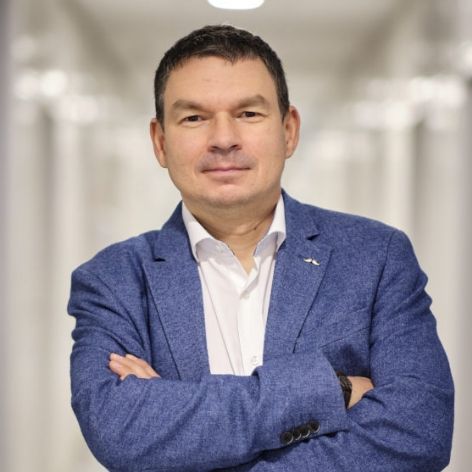
Mariusz Bosiak
Managing Director and Chief Technology Officer
A co-founder of the chemical technology company Synthex Technologies with 15 years of experience in the optoelectronic industry. An expert in the implementation of research projects together with the industry, including the development of the third generation solar dyes, which have been patented and implemented together with a leading industry player. He carried out projects like Chemirol, Sapec Agro Business, Ascenza Agro, Ciech Agro.

Krzysztof Czaplicki
Chief Operating Officer
An experienced enterepreneur and manager of seed and VC funds. Since 2009, a partner at a seed capital fund – investing in new technologies. He has an international experience gained while working for the World Bank Group. Expert in the assessment of intangible assets in companies.

Mateusz Nowak
Chief Commercial Officer
A manager with experience in realisation of nearly to 100 projects ranging from the creation and implementation of the strategy, M&A and due diligence – ex-PwC, ex-VC, co-founder of MIT Enterprise Forum Poland
Team
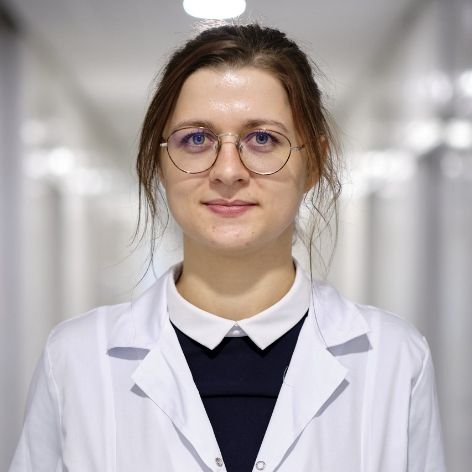
Alicja Zielińska
R&D Senior Specialist
An organic chemist, TADF application specialist specialising in thermal evaporation and ink-jet printing methods for the application of electroluminescent materials.
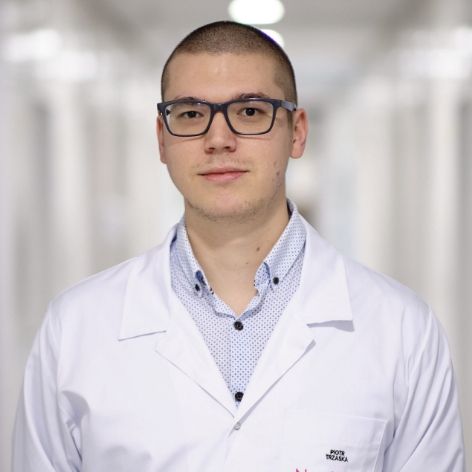
Piotr Trzaska
R&D Coordinator
A specialist in TADF and quantum-chemical methods (DFT) for predicting the properties of molecules. Extensive experience in organic synthesis. Scientific publications in the fields of organic chemistry and optoelectronics.
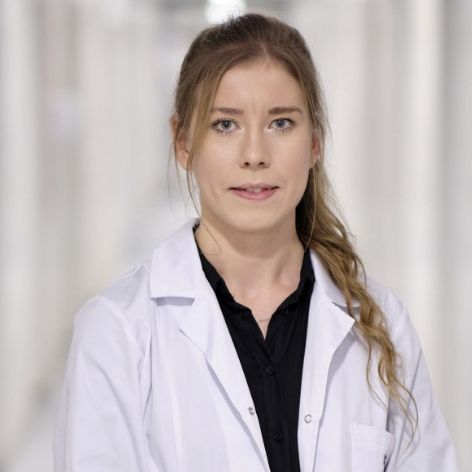
Kinga Mylkie
R&D Specialist
Experience in organic synthesis. Specialisation in dendrimers, oligomers and polymers.
Advisors
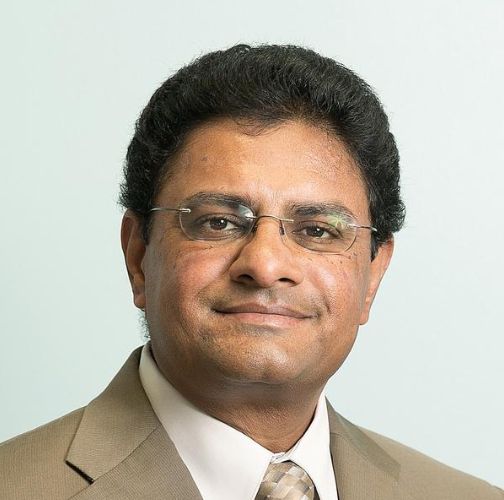
Sri Peruvemba
Board advisor – market opinion leader
Sri Peruvemba is the CEO of Marketer International Inc., in California. Peruvemba was previously a Chief Marketing Officer for E-Ink Holdings, where he played a major role in the transformation of a startup into an over $1 billion global company.

Michał Chabowski
Corporate Finance Advisor
Member of the Management Board and partner of Rubicon Partners (two VC funds and an M&A advisory boutique), where since 2013 he has been involved in fundraising projects and actively building the value of start-up investments in the “invest and build” model. He gained his professional experience in VC funds and consulting companies.
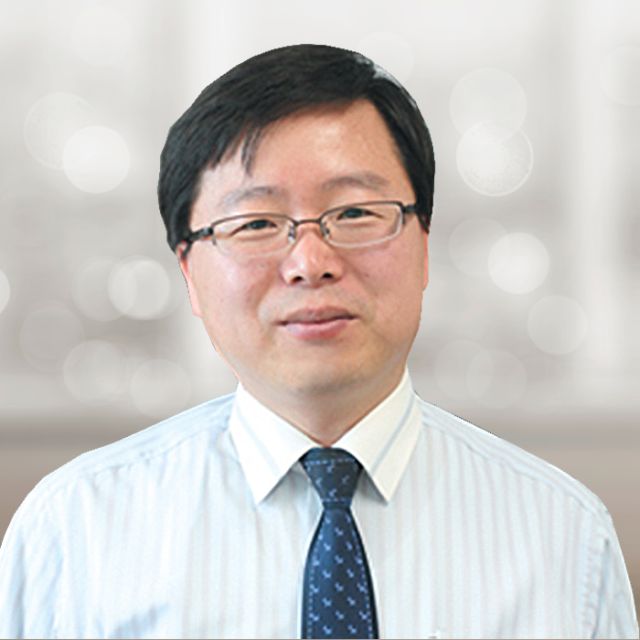
Jang Hyuk Kwon
Board advisor – technical opinion leader
A professor in the display department at Kyung Hee University, the Deputy Managing Director of the Korean Optoelectronics Association. Key opinion leader in the display industry with over 100 publications and 50 patents. Previously, a Chief Researcher at Samsung SDI. Oversees tests of Noctiluca’s emitters in the Korean laboratory.
